Your opportunity to enter and spread in global markets
Discovery MoreFresh Organic Beetroot – Naturally Sweet and Nutritious
Organic Group
Description
البنجر ، المعروف بالعربية باسم البنجر ، Nature’s Powerful Superfood هو نبات جذري ينتمي إلى الفصيلة القطيفية. يشتهر بلونه الأحمر أو الأرجواني الداكن، ونكهته الحلوة الترابية، وقيمته الغذائية الرائعة. اسمه العلمي هو بيتا فولغاريس . يعود أصل البنجر إلى منطقة البحر الأبيض المتوسط، وقد زُرع لآلاف السنين، ولعب دورًا هامًا في النظام الغذائي البشري عبر مختلف الثقافات.
يأتي البنجر في عدة أصناف، ولكل منها خصائص فريدة:
-
البنجر الأحمر: هو النوع الأكثر شيوعاً، يتميز بلونه الأحمر الأرجواني الداكن، ويستخدم عادة في السلطات والعصائر والطبخ.
-
البنجر الذهبي: لونه أصفر أو ذهبي، ونكهته أخف وأحلى وأقل تلطيخًا.
-
بنجر كيوجيا: يُعرف أيضًا باسم بنجر قصب الحلوى، يتميز هذا الصنف بحلقات وردية وبيضاء مميزة في الداخل وطعم أحلى.
-
البنجر الأبيض: أقل شيوعًا، لونه أبيض باهت، ويستخدم في الغالب بسبب محتواه من السكر وطعمه المعتدل.
لا تُقدَّر هذه الخضرة لمذاقها اللذيذ فحسب، بل أيضًا لتعدد استخداماتها وخصائصها الصحية. يشمل الجزء الصالح للأكل من نبات الشمندر الجذر المنتفخ والأوراق الخضراء، وكلاهما غني بالعناصر الغذائية.
الفوائد الصحية للشمندر (البنجر)
يشتهر البنجر بفوائده الصحية العديدة، مما يجعله خيارًا شائعًا للأفراد المهتمين بصحتهم حول العالم. إليكم بعضًا من أبرز فوائده:
1. Rich Source of Nutrients:
Beetroot contains essential vitamins like vitamin C, folate (vitamin B9), vitamin A, and minerals such as potassium, manganese, and iron. These nutrients contribute to overall health and wellbeing.
2. Supports Heart Health:
The nitrates in beetroot convert into nitric oxide in the body, which helps dilate blood vessels, improve blood flow, and reduce blood pressure. This effect contributes to a lower risk of cardiovascular diseases.
3. Enhances Athletic Performance:
Athletes often consume beetroot juice to improve stamina and endurance. The natural nitrates increase oxygen delivery to muscles, enhancing physical performance and reducing fatigue.
4. Anti-inflammatory Properties:
Beetroot contains pigments called betalains, which have anti-inflammatory effects that can help reduce chronic inflammation linked to several diseases.
5. Supports Detoxification:
Beetroot promotes liver function by supporting the body’s natural detoxification processes. It helps the liver neutralize and eliminate toxins.
6. Improves Digestive Health:
High fiber content in beetroot aids digestion, promotes regular bowel movements, and supports a healthy gut microbiome.
7. May Help Fight Cancer:
Some studies suggest that the antioxidants and betalains in beetroot have potential anti-cancer properties by protecting cells from oxidative stress and inhibiting tumor growth.
8. Supports Brain Health:
Improved blood flow from nitric oxide may enhance cognitive function and reduce the risk of dementia.
9. Aids in Weight Management:
Low in calories and high in fiber, beetroot can help promote satiety and support healthy weight loss or maintenance
Nutritional Composition of Beetroot (بنجر)
Beetroot is a nutrient-dense root vegetable, packed with essential vitamins, minerals, and bioactive compounds that contribute to its health benefits. Below is a detailed breakdown of the key nutrients found in 100 grams of raw beetroot:
-
Calories: Approximately 43 kcal
-
Carbohydrates: Around 10 grams, primarily natural sugars and dietary fiber
-
Dietary Fiber: About 2-3 grams, promoting digestive health
-
Protein: Roughly 1.6 grams
-
Fat: Minimal, less than 0.2 grams
Vitamins:
-
Vitamin C: Supports immune function and skin health
-
Folate (Vitamin B9): Crucial for DNA synthesis and cell growth, especially important during pregnancy
-
Vitamin A: Present in small amounts, supports vision and immune health
-
B Vitamins: Includes B1 (Thiamine), B2 (Riboflavin), and B6, which aid in energy metabolism
Minerals:
-
Potassium: Helps regulate blood pressure and fluid balance
-
Magnesium: Supports muscle and nerve function
-
Iron: Important for red blood cell production and oxygen transport
-
Phosphorus: Vital for bone health and energy production
-
Calcium: Contributes to bone strength
Phytonutrients and Antioxidants:
-
Betalains: Pigments responsible for the deep red color, possessing strong antioxidant and anti-inflammatory properties
-
Flavonoids and Phenolic acids: Contribute to oxidative stress reduction
-
Nitrates: Convert into nitric oxide in the body, enhancing blood flow and cardiovascular health
This rich nutrient profile makes beetroot an excellent addition to a balanced diet, offering both macronutrients and micronutrients essential for maintaining good health.
Cultivation and Harvesting of Beetroot (بنجر)
Beetroot is a cool-season crop that thrives in temperate climates but can be grown in a variety of regions worldwide. Successful cultivation requires attention to soil quality, temperature, watering, and harvesting timing. Here’s a detailed overview of how beetroot is cultivated and harvested:
Soil and Climate Requirements:
Beetroot grows best in well-drained, loamy soil rich in organic matter with a pH range of 6.0 to 7.5. The soil should retain moisture but not be waterlogged. Beetroot prefers moderate temperatures, typically between 15°C to 25°C (59°F to 77°F). Extreme heat can cause the roots to become tough and woody, while frost can damage young plants.
Planting:
Seeds are sown directly into the soil, usually 1 to 2 cm deep, with spacing of about 5-10 cm between seeds in rows 30 cm apart. Beetroot seeds germinate in 5 to 10 days under optimal conditions. To ensure continuous harvest, farmers often plant in succession every two to three weeks.
Watering and Fertilization:
Regular watering is crucial, especially during germination and root development stages. Inadequate water leads to small, tough roots. Fertilization with nitrogen, phosphorus, and potassium improves growth; however, excess nitrogen can lead to excessive leaf growth with poor root development.
Pest and Disease Management:
Common pests include aphids, leaf miners, and beet armyworms. Diseases like powdery mildew, downy mildew, and root rot can affect yield and quality. Integrated pest management and crop rotation help minimize these issues.
Harvesting:
Beetroot is typically ready to harvest 50 to 70 days after planting, once the roots reach a diameter of 5-7 cm. Roots should be harvested carefully to avoid bruising or damaging the skin. Leaves can also be harvested as beet greens, which are edible and nutritious.
Post-Harvest Handling:
After harvesting, beetroot roots are washed and sorted according to size and quality. They should be stored in cool, humid conditions to maintain freshness and prevent shriveling. Proper storage can extend shelf life for several weeks.
Culinary Uses of Beetroot (بنجر)
Beetroot is a highly versatile vegetable used in many cuisines around the world. Its sweet, earthy flavor and vibrant color make it a favorite ingredient in salads, juices, soups, and more. Here are some popular culinary uses of beetroot:
1. Raw in Salads:
Fresh beetroot can be peeled, grated, or thinly sliced and added to salads for a crunchy texture and natural sweetness. It pairs well with ingredients like goat cheese, walnuts, arugula, and citrus fruits.
2. Juicing:
Beetroot juice is widely consumed as a health tonic. It can be blended with other vegetables and fruits such as carrots, apples, and ginger to create nutritious, refreshing drinks rich in vitamins and antioxidants.
3. Roasted or Baked:
Roasting beetroot enhances its natural sweetness and softens the texture. Simply wash, peel, and cut into chunks or slices, then roast with olive oil, salt, and herbs like thyme or rosemary.
4. Boiled or Steamed:
Boiling or steaming beetroot softens the roots and preserves their vibrant color. Cooked beetroot can be used in soups, such as traditional Eastern European borscht, or pureed as a side dish.
5. Pickled:
Pickled beetroot is popular in many cultures. Sliced or diced beetroot is preserved in vinegar, sugar, and spices, offering a tangy, sweet flavor that complements sandwiches, salads, and appetizers.
6. Beet Greens:
The leafy tops of beetroot are edible and nutritious. They can be sautéed, steamed, or added to soups and stews much like spinach or Swiss chard.
7. Baking and Desserts:
Beetroot can also be incorporated into baking recipes, adding moisture and natural sweetness to cakes, brownies, and muffins, as well as a beautiful red hue without artificial coloring.
8. Smoothies and Health Shots:
Beetroot is often blended into smoothies and health shots for an extra nutrient boost, commonly combined with ingredients like lemon, turmeric, or cayenne pepper.
With its broad range of culinary applications, beetroot is a valuable ingredient for both everyday meals and gourmet dishes.
Beetroot (بنجر) in Traditional Medicine and Natural Remedies
Throughout history, beetroot has been valued not only as a food but also as a medicinal plant. Traditional medicine systems around the world have used beetroot and its derivatives for various health purposes due to its potent nutrients and bioactive compounds.
Historical Uses:
In ancient times, beetroot was used by the Romans to treat fevers, constipation, and infections. The Egyptians also used beetroot for digestive and detoxifying purposes. Traditional Ayurvedic medicine regards beetroot as a natural blood purifier and supports liver health.
Detoxification and Liver Support:
Beetroot is known to stimulate the liver’s production of detoxifying enzymes, helping the body eliminate harmful toxins. It supports bile production, which is essential for fat digestion and toxin removal.
Blood Health:
Thanks to its high iron and folate content, beetroot has been used to combat anemia and improve overall blood health. Its nitrates also help improve circulation and oxygen delivery to tissues.
Anti-inflammatory and Antioxidant Effects:
The betalains in beetroot possess strong antioxidant properties, which help reduce oxidative stress and inflammation. Traditional uses include applying beetroot extracts to skin wounds or inflammations to promote healing.
Digestive Health:
Beetroot is high in dietary fiber, which has long been used to support healthy digestion, relieve constipation, and improve gut flora balance.
Natural Remedy for Hypertension:
Drinking beetroot juice has been a natural remedy to manage high blood pressure. The nitrates in beetroot help relax and dilate blood vessels, thus lowering blood pressure.
Other Traditional Uses:
-
Relief from respiratory issues like coughs and colds
-
Supporting kidney health by promoting urine production
-
Enhancing stamina and energy levels in folk medicine
Modern Research:
Scientific studies have confirmed many of these traditional uses, particularly regarding cardiovascular health, anti-inflammatory effects, and detoxification
Food Industry Applications of Beetroot (بنجر)
Beetroot (بنجر) is widely utilized in the food industry due to its vibrant color, natural sweetness, and nutritional benefits. Its versatility makes it a valuable ingredient in various food products and manufacturing processes.
Natural Food Coloring:
One of the most significant uses of beetroot in the food industry is as a natural colorant. Beetroot extract, rich in betalains, is used to add a deep red or pink hue to products such as beverages, candies, yogurts, sauces, and processed meats. This natural alternative to synthetic dyes is increasingly popular due to consumer demand for clean-label products.
Beverages:
Beetroot juice and powders are incorporated into health drinks, energy shots, smoothies, and functional beverages aimed at improving wellness and performance. Beetroot’s natural sugars provide sweetness without added sugars, making it an appealing ingredient for health-focused drinks.
Frozen and Prepared Foods:
Beetroot is often included in frozen vegetable mixes, ready-to-eat salads, and packaged soups. Its robust flavor and color withstand freezing and reheating, maintaining product quality.
Bakery and Confectionery:
In the bakery sector, beetroot powder is used to enhance color and moisture in cakes, muffins, and breads. Beetroot also acts as a natural sweetener and nutritional booster in confectionery products.
Nutritional Supplements:
Beetroot is processed into powders, capsules, and tablets as dietary supplements. These products are marketed for benefits such as improved circulation, blood pressure regulation, and antioxidant support.
Pickled and Fermented Products:
Pickled beetroot is a popular canned or jarred product worldwide, enjoyed as a condiment or side dish. Fermentation enhances its probiotic properties, supporting digestive health.
Meat Industry:
In processed meats, beetroot juice is sometimes used to improve color and flavor naturally, especially in products like sausages and cured meats.
Baby Food:
Due to its high nutrient content and mild flavor, beetroot is often used in baby food formulations, offering an early introduction to vegetable flavors.
The food industry continues to explore innovative uses for beetroot to meet consumer demands for nutritious, natural, and visually appealing products
Storage and Packaging of Beetroot (بنجر)
Proper storage and packaging of beetroot are essential to preserve its freshness, nutritional value, and appearance. Because beetroot is a perishable root vegetable, it requires specific conditions to extend shelf life and maintain quality during transport and retail display.
Harvesting and Initial Handling:
Once harvested, beetroot roots should be carefully cleaned to remove soil but not excessively washed, as excess moisture can promote spoilage. Damaged or bruised roots should be removed to prevent decay from spreading.
Temperature and Humidity:
Beetroot stores best at cool temperatures ranging from 0°C to 4°C (32°F to 39°F) with high humidity levels between 90% and 95%. These conditions prevent dehydration and shriveling, helping maintain firmness and color.
Storage Duration:
Under optimal conditions, fresh beetroot can be stored for 1 to 3 months. Leafy greens attached to beetroot are more perishable and should be removed if long-term storage is intended.
Packaging Materials:
-
Plastic Bags: Perforated polyethylene bags are commonly used to allow airflow while retaining moisture.
-
Clamshell Containers: Used for retail packaging to protect roots from damage and contamination.
-
Bulk Storage: For commercial purposes, beetroot is stored in ventilated crates or bins that allow air circulation and reduce mechanical damage.
Modified Atmosphere Packaging (MAP):
MAP technology, which adjusts the oxygen and carbon dioxide levels inside packaging, can further extend beetroot shelf life by slowing respiration and decay.
Transportation Considerations:
During transportation, beetroot must be kept cool and handled gently to avoid bruising. Proper stacking and cushioning help minimize mechanical injuries.
Processed Beetroot Packaging:
Pickled, frozen, or dried beetroot products have specific packaging requirements to maintain safety and quality, often involving vacuum sealing or airtight containers.
Shelf Life and Quality Indicators:
Consumers and retailers should look for firm roots without soft spots, mold, or discoloration. The leaves should be fresh-looking if attached. Proper packaging and storage directly affect these quality attributes
Tips for Selecting Fresh and High-Quality Beetroot (بنجر)
Choosing fresh, high-quality beetroot is essential to enjoy its full flavor, texture, and nutritional benefits. Here are some expert tips to help you select the best beetroot at the market or grocery store:
1. Look for Firmness:
Select beetroot roots that feel firm and heavy for their size. Avoid roots that are soft, shriveled, or have cracks and bruises, as these indicate age or damage.
2. Size Matters:
Medium-sized beets (about 5-7 cm in diameter) are often the best choice — they tend to be tender and flavorful. Very large beets may become woody and tough, while very small ones might be less sweet.
3. Color:
Choose beets with deep, vibrant red or purple skin (for red varieties). The color indicates freshness and a higher concentration of betalain pigments, which provide health benefits and natural sweetness.
4. Leaves Condition:
If beet greens are still attached, they should look fresh, crisp, and green without yellowing or wilting. Healthy greens indicate freshness of the root as well.
5. Avoid Mold and Spots:
Steer clear of beets with mold, dark spots, or signs of rot. These can spoil quickly and affect the overall quality.
6. Smell:
Fresh beetroot has a mild, earthy scent. Any sour or off-putting smell suggests spoilage.
7. Organic vs. Conventional:
Organic beetroot may be preferred for those avoiding pesticides. However, both organic and conventionally grown beets offer similar nutritional benefits if fresh.
8. Packaging:
If buying pre-packaged beets, check for intact packaging without excess moisture or condensation inside, which can encourage spoilage.
9. Seasonal Availability:
Beetroot is typically harvested in cooler months, so buying in season ensures fresher, tastier roots.
١٠. التخزين المنزلي:
بعد الشراء، خزّن البنجر في درج الخضراوات بالثلاجة داخل كيس بلاستيكي مثقوب. أزل الأوراق إذا كانت لا تزال ملتصقة به لإطالة مدة صلاحيته.
دراسات وأبحاث حديثة عن البنجر
حظي البنجر (الشمندر) باهتمام علمي كبير على مدار العقود الماضية نظرًا لفوائده الصحية المحتملة ومركباته النشطة بيولوجيًا. وقد عززت الأبحاث الحديثة فهمنا لكيفية مساهمة البنجر في صحة الإنسان وعافيته.
صحة القلب والأوعية الدموية:
تؤكد العديد من التجارب السريرية أن النترات الغذائية من الشمندر تُحسّن وظيفة بطانة الأوعية الدموية، مما يؤدي إلى توسع أفضل للأوعية الدموية وخفض ضغط الدم. قد يُقلل هذا التأثير من خطر الإصابة بأمراض ارتفاع ضغط الدم. كما تُبرز الدراسات قدرة الشمندر على تقليل تصلب الشرايين وتحسين تدفق الدم.
الأداء الرياضي:
تُظهر الأبحاث أن تناول مكملات عصير الشمندر يُعزز القدرة على التحمل أثناء التمارين الرياضية ويُقلل استهلاك الأكسجين أثناء النشاط البدني. تُعزى هذه الفوائد بشكل رئيسي إلى زيادة توافر أكسيد النيتريك، مما يُحسّن كفاءة العضلات ويُؤخر الشعور بالتعب.
خصائص مضادة للالتهابات ومضادات الأكسدة:
تؤكد الدراسات العلمية أن البيتالين ومضادات الأكسدة الأخرى الموجودة في البنجر تقلل من الإجهاد التأكسدي والعلامات الالتهابية، مما قد يقلل من خطر الإصابة بالأمراض المزمنة مثل السرطان والسكري والاضطرابات العصبية التنكسية.
الوظيفة الإدراكية:
تشير الأدلة الناشئة إلى أن البنجر قد يعزز تدفق الدم إلى المخ، مما يدعم الوظيفة الإدراكية وربما يؤخر التدهور الإدراكي المرتبط بالعمر والخرف.
أبحاث السرطان:
تشير الدراسات الأولية المختبرية والحيوانية إلى أن مستخلصات البنجر قد تمنع نمو بعض خلايا السرطان. ومع ذلك، هناك حاجة إلى مزيد من التجارب السريرية على البشر لتأكيد هذه التأثيرات.
دعم الكبد وإزالة السموم:
تدعم الأبحاث دور البنجر في تحفيز نشاط إنزيمات الكبد المشاركة في إزالة السموم، مما يساعد عمليات التطهير الطبيعية في الجسم.
الصحة الأيضية:
يرتبط استهلاك البنجر بتحسين حساسية الأنسولين وتحسين عملية التمثيل الغذائي للجلوكوز، مما قد يفيد الأشخاص المصابين بمرض السكري من النوع 2 أو المعرضين لخطر الإصابة به.
صحة الأمعاء:
تعمل الألياف والمركبات الحيوية الموجودة في البنجر على تعزيز صحة ميكروبات الأمعاء، مما يساهم في تحسين الهضم والوظيفة المناعية.
السلامة والجرعة:
تؤكد الدراسات أن تناول البنجر يوميًا باعتدال آمن لمعظم الأشخاص. ومع ذلك، قد يؤدي الإفراط في تناوله إلى ظهور البول الأحمر أو الوردي، وقد يتفاعل مع بعض الأدوية.

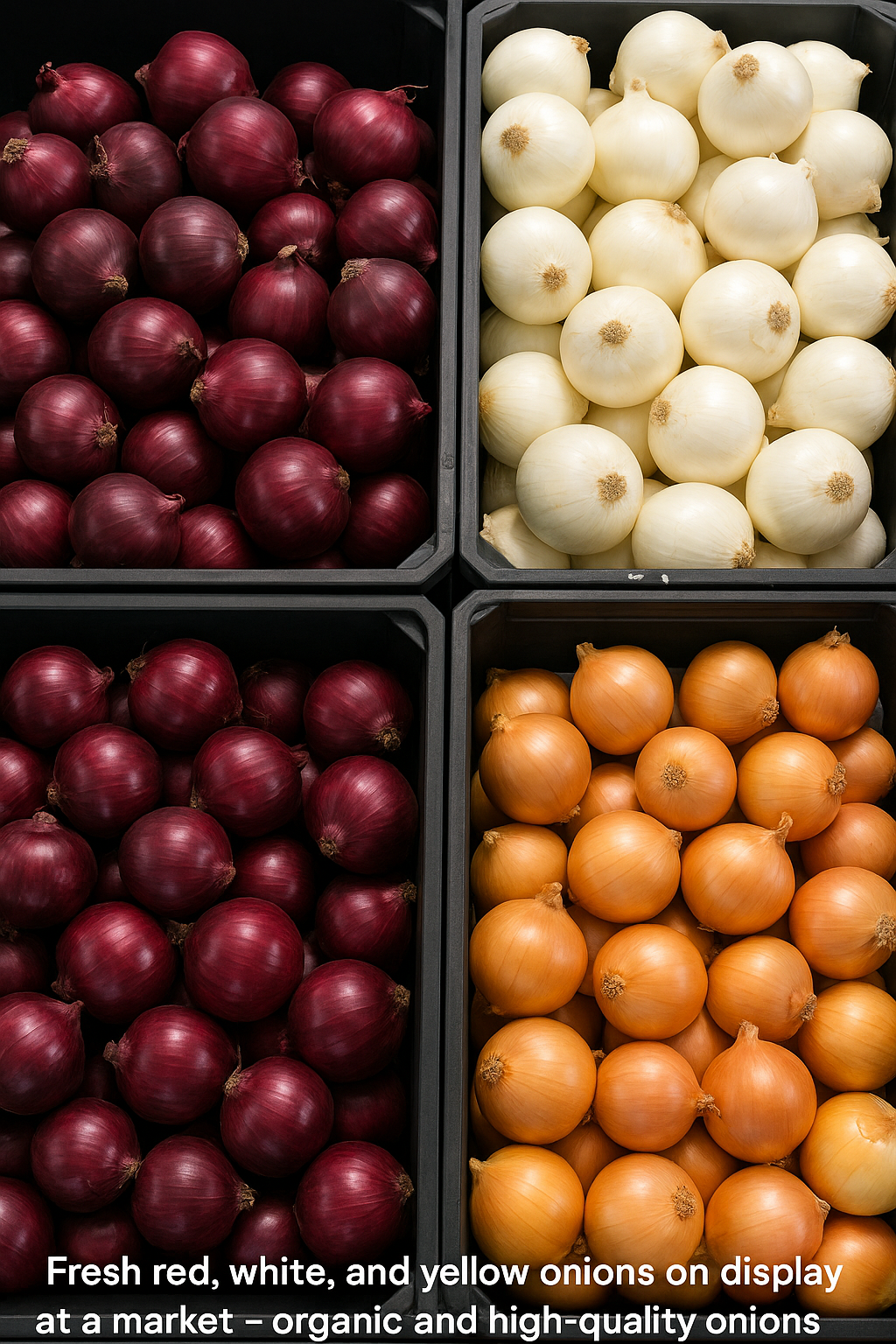
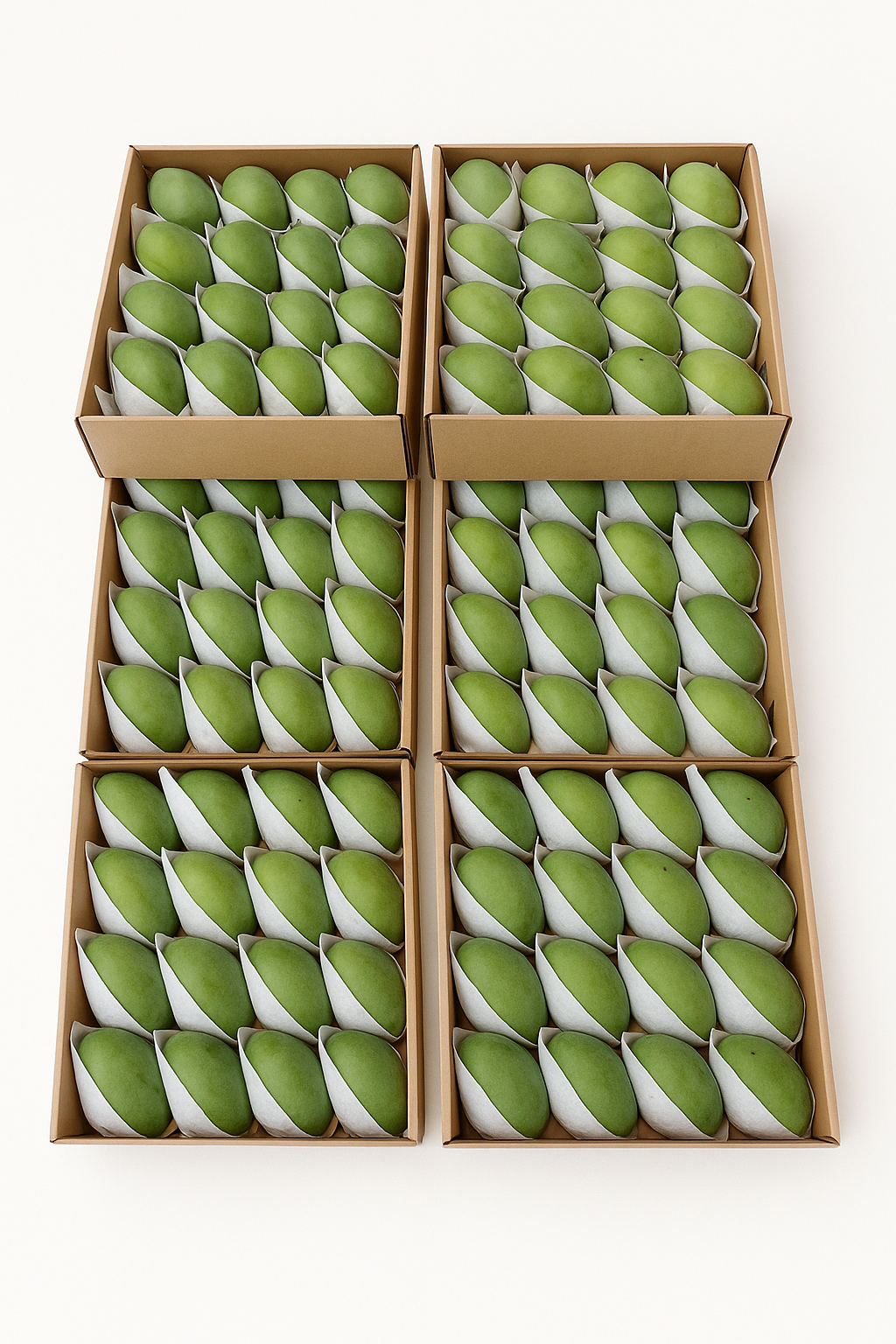
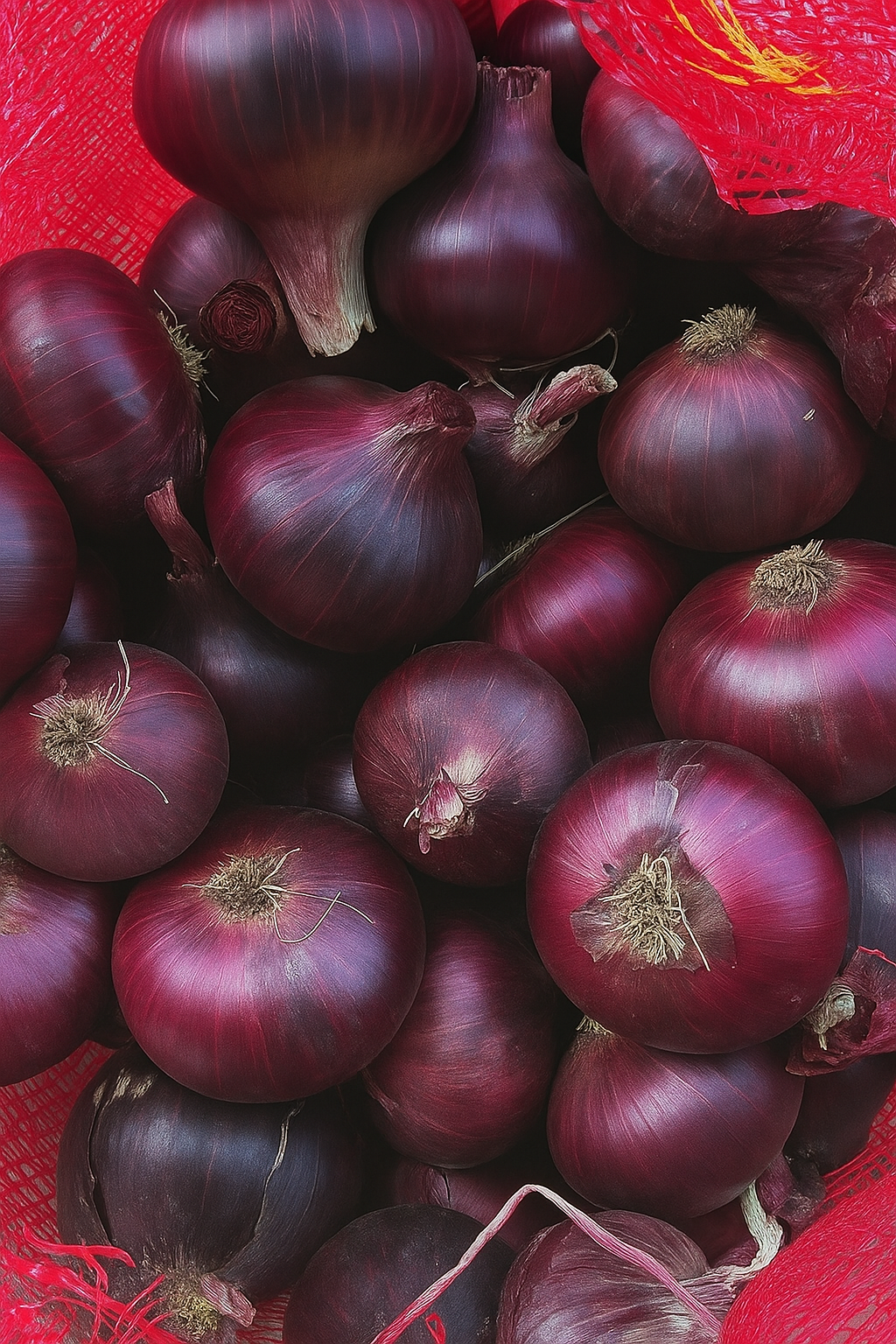
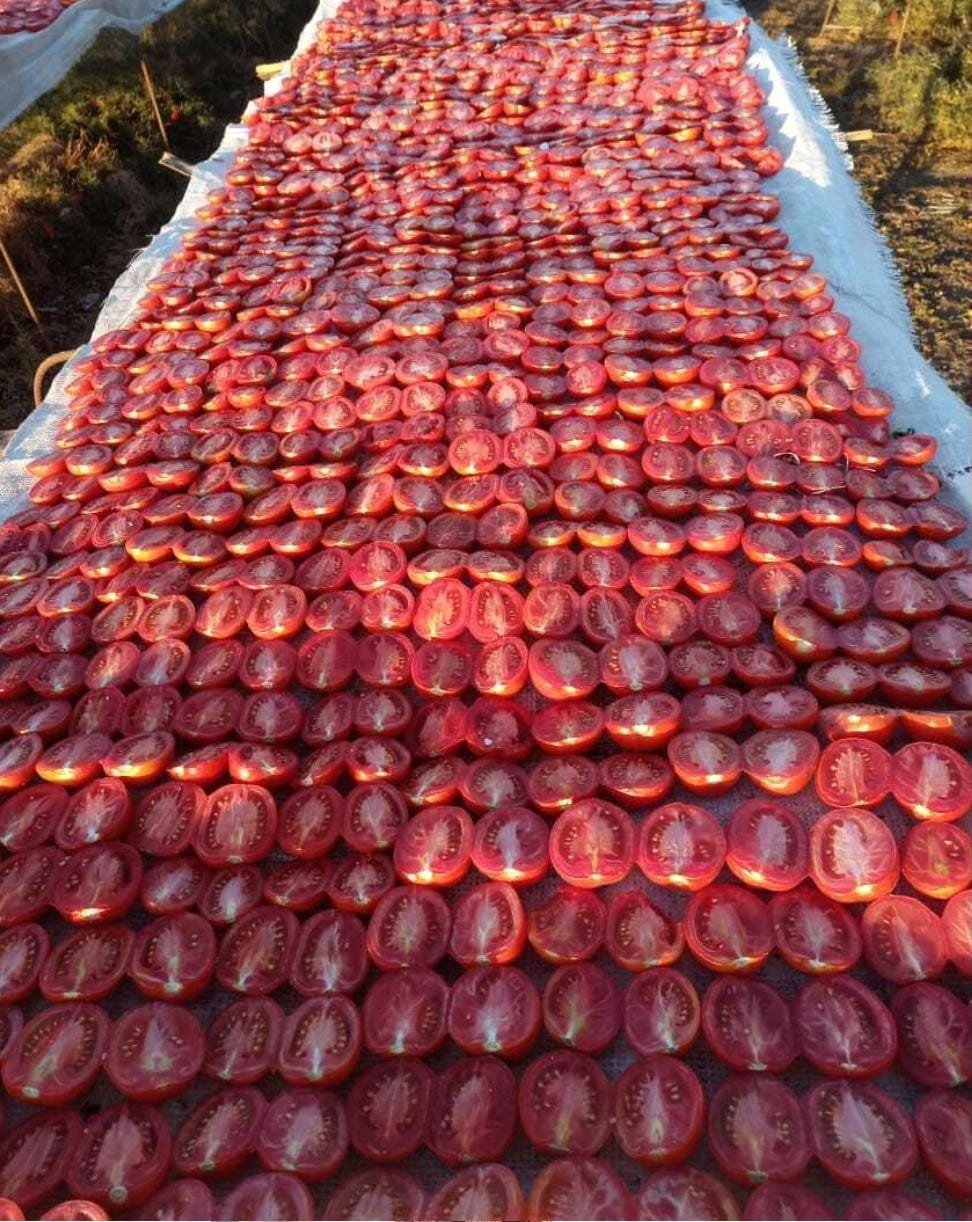



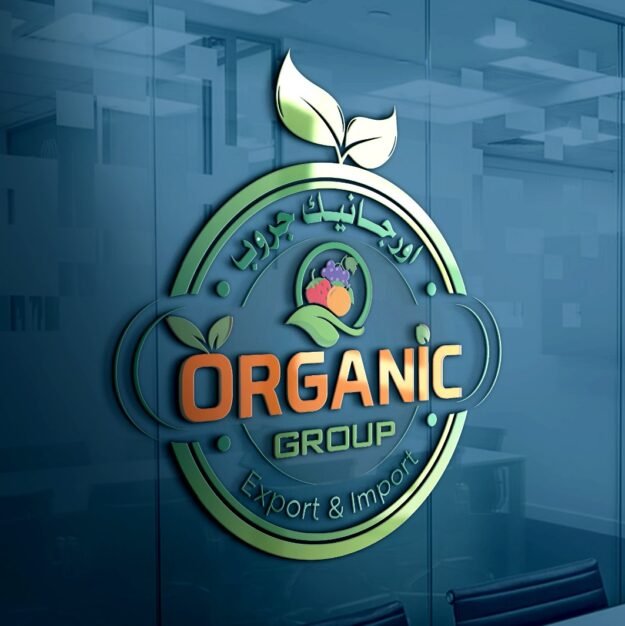


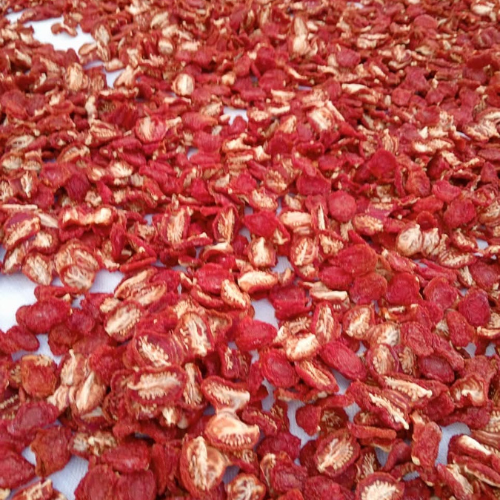
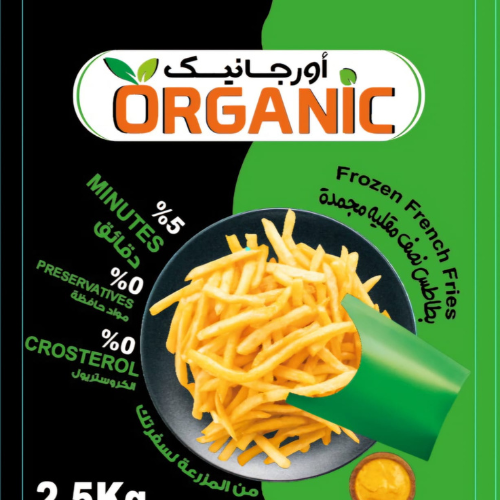
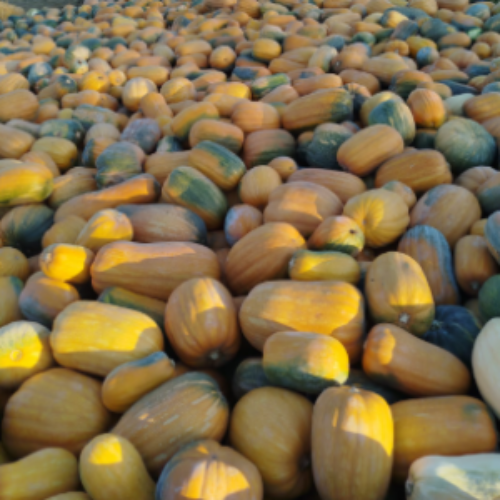
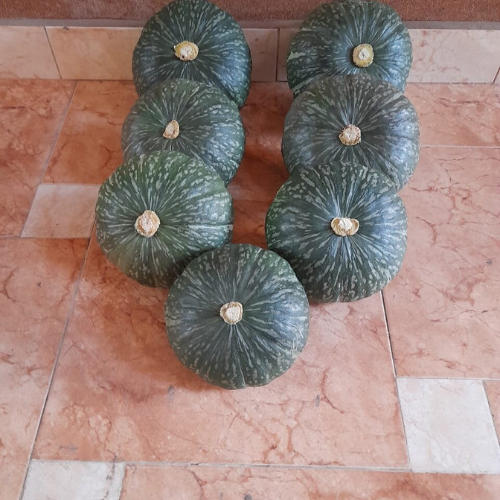

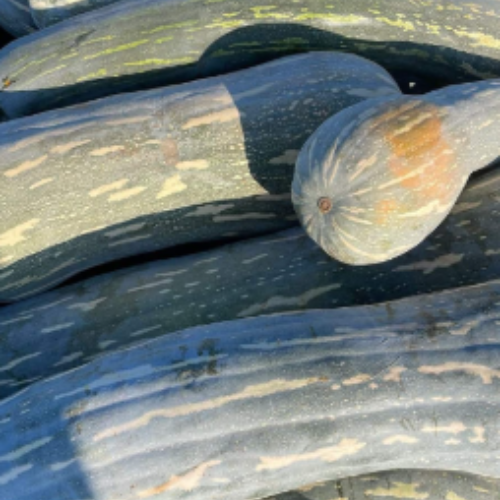
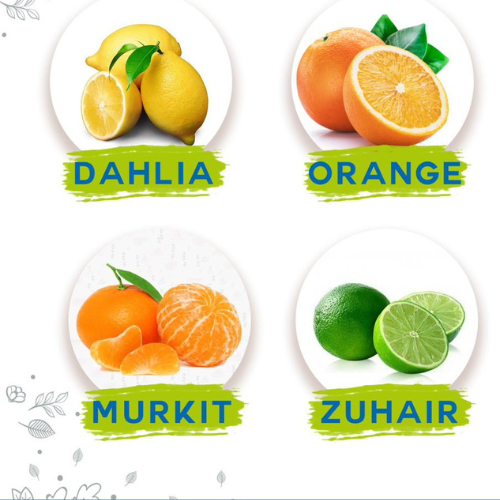
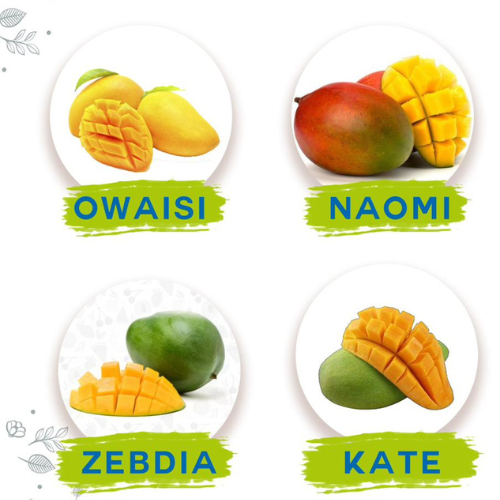
Reviews
There are no reviews yet.